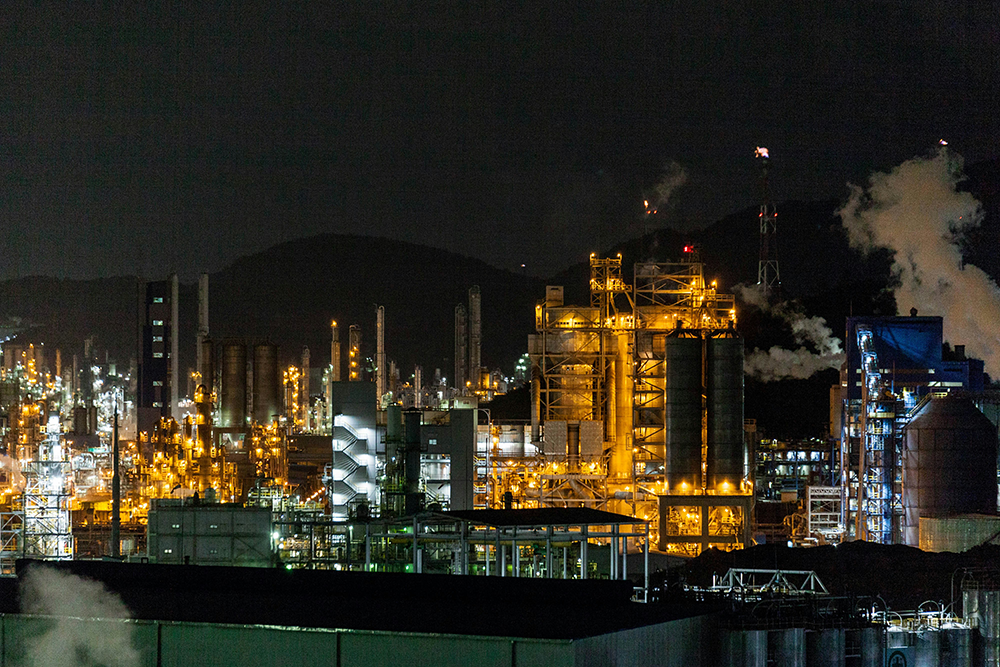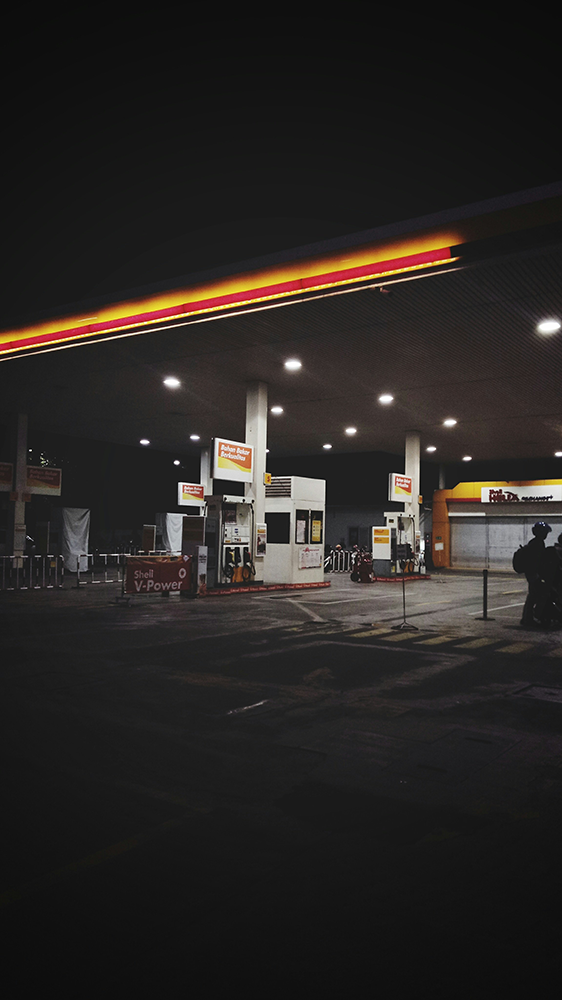Air Release vs. Combination Air Valves in Petrochemical Applications: What’s the Difference?
Choosing the Right Air Valve for Petrochemical Systems
In petrochemical environments—particularly those involving seawater-based fire-fighting systems—the selection of the correct air valve can directly affect system reliability, response time, and safety. One common question we’re asked is:
What’s the difference between air release valves and combination air valves—and which is best for my application?
This article helps you make an informed decision by comparing these two valve types in terms of function, operation, and use case relevance in petrochemical pipeline systems.
Quick Summary: The Key Difference
| Valve Type | Function | Best For |
|---|---|---|
| Air Release Valve | Vents small amounts of air under pressure during normal system operation | Maintaining system efficiency during steady-state flow |
| Combination Valve | Provides both air release and high-volume air intake/exhaust functionality | Startup, draining, and ongoing air management in critical lines |
1. What Is an Air Release Valve?
Function:
An air release valve is designed to automatically discharge small volumes of trapped air that accumulate at high points in a pressurised pipeline during normal operation.
In petrochemical applications, where seawater is pumped continuously through fire suppression lines, even minor trapped air can cause:
- Flow reduction or surging
- Pressure drops
- Corrosion due to oxygen exposure
Air release valves help maintain system efficiency and reduce these risks by expelling air pockets before they become problematic.
Limitations:
They do not handle large volumes of air, making them unsuitable for startup, shutdown, or vacuum-breaking functions on their own.
2. What Is a Combination Air Valve?
Function:
A combination air valve integrates the functionality of both an air release valve and a kinetic air valve (also known as a large-orifice valve).
This allows it to:
- Expel large volumes of air quickly during pipeline filling
- Admit large volumes of air during draining or sudden shutdown (to prevent vacuum)
- Continuously release small pockets of air during operation
Ideal for petrochemical pipelines, especially long or elevated systems, where sudden changes in flow conditions or pressure are common—such as when activating firewater systems.
Benefits:
- One valve handles all air-related functions
- Reduces risk of vacuum collapse and surges
- Ideal for critical systems that must remain fully operational and air-free
3. When to Use Each Valve Type
| Scenario | Recommended Valve |
|---|---|
| Continuous operation with minor air accumulation | Air Release Valve |
| Startup and draining phases in long pipelines | Combination Air Valve |
| Offshore seawater fire systems with elevation change | Combination Air Valve |
| Space-limited systems where air volume is minimal | Air Release Valve |
| High-risk systems requiring full-spectrum protection | Combination Air Valve |
4. Considerations for Petrochemical Environments
In harsh petrochemical conditions, especially those involving corrosive seawater, the material of construction is just as important as valve type. Both valve types are available in corrosion-resistant materials like:
- Super Duplex Stainless Steel
- Titanium
- 6Mo (254 SMO)
- Hastelloy
- Aluminium Bronze
At GA Valves, we specialise in providing both air release and combination air valves specifically designed for seawater fire-fighting systems in petrochemical plants.
Conclusion: Choose Based on System Needs
To sum up:
- Use air release valves where you need ongoing micro-air management during normal operation.
- Use combination air valves where you need full protection during filling, draining, and running cycles—especially in long or complex pipe networks.
If you’re unsure which valve best suits your system, our team can help with specification, sizing, and material compatibility based on your operating conditions.
Contact us now to see how we can help you!
Contact us by email at sales@gavalves.co.uk or call us on 01484 711983
Related Posts
Below you can view our related posts.

Guide
Small Air Release Valve for High Pressure Pump Station
High pressure pump stations are critical components in water distribution, industrial processing, and irrigation networks. But with higher
Read More
Resource
Small Air Release Valve for High Pressure Pump Station
High pressure pump stations are critical components in water distribution, industrial processing, and irrigation networks. But with higher
Read More
Guide
Sizing Chart for Small Orifice Air Valve
Small orifice air valves play a critical role in removing dissolved air from pressurised pipelines during operation. To
Read More